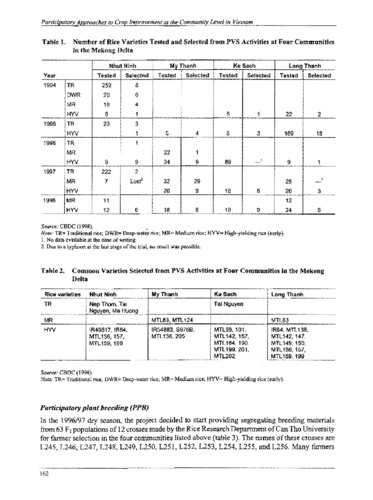Nutritional quality and animal production of Brachiaria pastures
Brachiaria grasses, especially R decumbens cv. Basilisk (signalgrass), are the most widely grown pastures in subhumid and humid tropics. When fertilized with nitrogen and well managed, these pastures have high forage quality (measured as digestibility). Animal production is therefore high and relatively stable over time. Sometimes, however, animals fed on signalgrass and other Brachiaria species sicken, or show hepatogenous photosensitization, possibly caused by plant metabolites (steroidal saponins). Nitrate toxicity has been reported with R arrecta and may occur with other species. Although digestibility is high, it varies considerably among and within Brachiaria species, but is relatively stable across environments for any given material, The variation is caused mostly by different levels of crude protein (CP), possibly associated with inhibition of nitrification. Animal performance therefore differs from one Brachiaria grass to another. On acid, infertile soils, such as those of the Colombian Llanos, the protein content of Brachiaria grasses tends to decrease, thus reducing animal performance. But if Brachiaria grasses are grown in association with compatible legumes (e.g., Arachis pintoi) the performance of both animals and pasture can significantly improve. Breeders should also take advantage of the variation in Brachiaria to select materials of higher quality than currently used commercial cultivars, and when breeding for spittlebug resistance.

